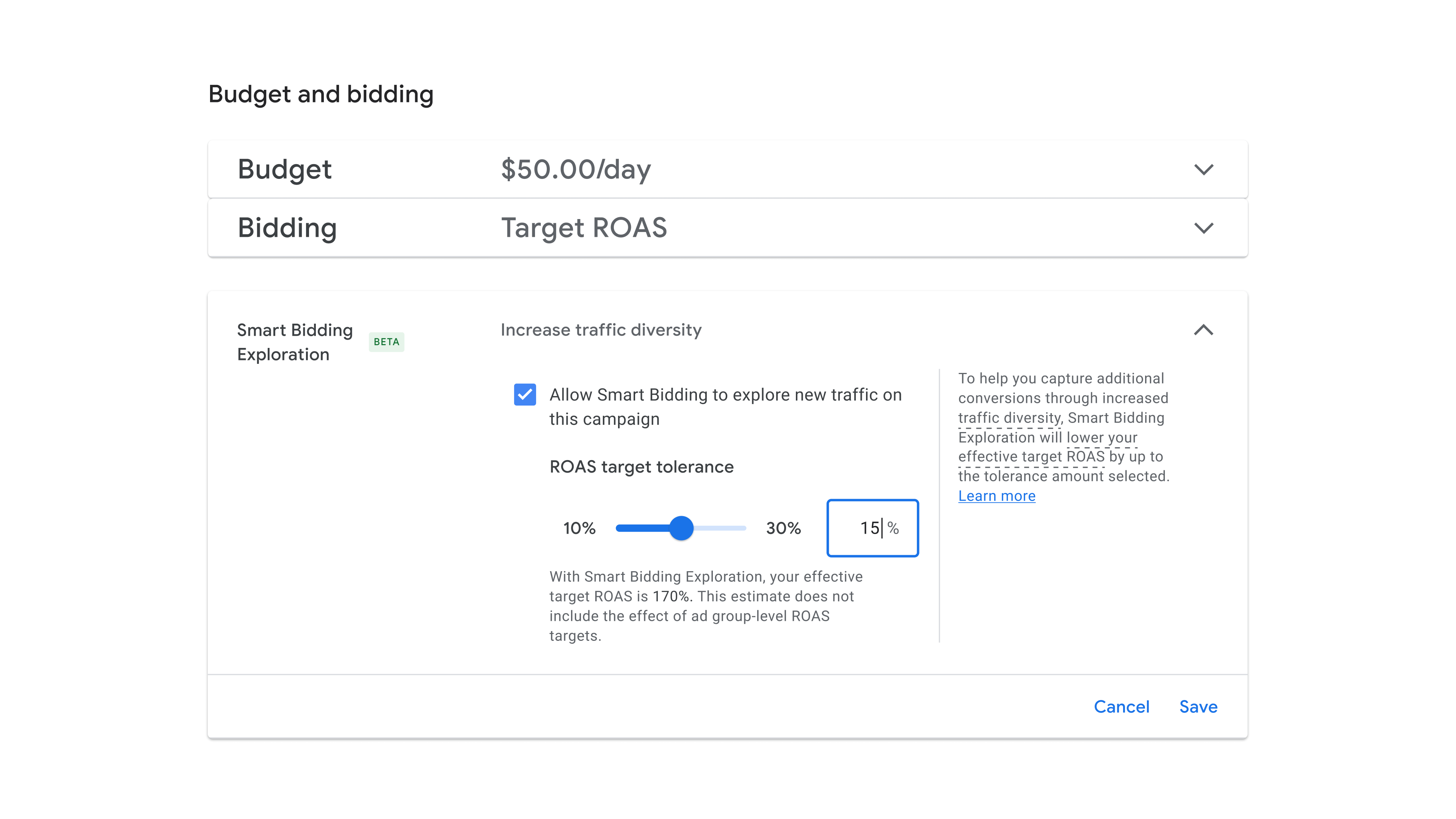A company is trying to map America’s cell networks using mail trucks
Pictured: the FCC’s map of LTE coverage in the US. | Image: FCCCell network coverage maps have always been dubiously accurate in the US, and even the ones released by the FCC in 2021 come with a ton of...
/cdn.vox-cdn.com/uploads/chorus_asset/file/22766305/Screen_Shot_2021_08_06_at_9.06.49_AM.png)
Cell network coverage maps have always been dubiously accurate in the US, and even the ones released by the FCC in 2021 come with a ton of asterisks. A company called Ranlytics is hoping to make a much more accurate picture by attaching equipment to some of the mail trucks that are already driving to many locations in the US to deliver parcels and letters (via Light Reading). The data it collects will provide info on coverage quality “in a given town, on a given road, even at a given address”says the company’s CEO Keith Sheridan in an interview with The Verge.
In a press release earlier this week, Ranlytics says it’s working with the US Postal Service to measure AT&T, T-Mobile, and Verizon’s 4G and 5G networks in Seattle and that it’s already producing “the most detailed available” coverage maps for select areas in the city. (It says the equipment it uses is also capable of mapping 3G networks, but those are largely gone in the US.) The company also says that USPS vehicles repeating routes several days of the week lets it track coverage changes over time, finding both places where coverage doesn’t exist and where there is coverage but a lackluster user experience.
Image: Ranlytics
Building nationwide coverage maps can be difficult, even for the cell carriers that run the networks and the government. The FCC’s cellular maps rely on data from the carriers, which historically haven’t been the most trustworthy sources. They also don’t include information about how fast those networks will be at any given location, and they currently only show information for LTE networks — a big limitation in the age of 5G.
According to Sheridan, the detailed data Ranlytics collects could help carriers diagnose and optimize their networks, in ways even their own data couldn’t. (He says the company’s equipment captures 800 metrics across all in-use radio bands, 50 times a second.) “The truth of it is that, in most countries, probably 80% or more of coverage maps are interpolated” from data collected by a relatively small fleet of vehicles and other test equipment. “They’re not measured. And that’s why coverage maps remain inaccurate.”
Sheridan says that Ranlytics has an agreement with the USPS to “go beyond Seattle,” but that it won’t do so unless customers like government agencies or carriers are interested in data for other areas. “We will not deploy speculatively onto US postal vehicles, but we’ll deploy in response to market need.”
There are potential limits to Ranlytics’ approach. For one, equipment attached to USPS vehicles will obviously only gather data on roads and where mail is delivered — that could exclude large swaths of land like national parks or rural homes where the mail may not be delivered directly to the home. Sheridan says that in other countries Ranlytics has worked on ways to collect data that “compliment where the postal vehicles travel,” and that the devices could be attached to all sorts of vehicles, including ones that travel into parks and water catchment areas, if need be. (The company also works with Austria Post, and will be deploying equipment on Portugal Post vehicles soon.)
As for rural areas, Sheridan says the company’s ultimate goal is to “cover as much of the country as possible, if not the entire country,” and that it’s “conscious that postal vehicles don’t travel everywhere.” He also says that the company understands that gathering data in rural regions is “critical, as that’s where the problems of poor coverage are greatest.”
Given the company’s plans to expand to areas after customers demand data for them, as well as the potential extra effort required to get signal data that reflects coverage at actual homes instead of mailboxes in rural areas, it does seem like the goal of mapping the entire country could take a while. However, data about internet availability in less densely populated places is essential for addressing the digital divide that exists between places that have internet good enough to work or learn from home and those that don’t.
Update February 10th, 7:49PM ET: Added information from Ranlytics CEO Keith Sheridan about the company’s expansion plans, data collection details, and how it intends to deal with rural areas.

 AbJimroe
AbJimroe 
































